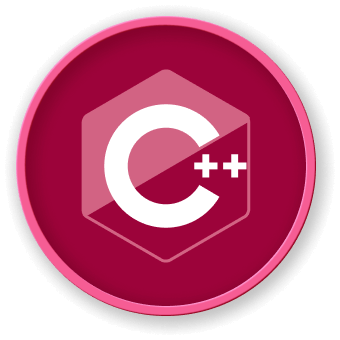Namespace Declaration
Basic Namespace Declaration
Namespace declaration in C++ is straightforward and provides a way to group related code elements:
namespace LabEx {
// Declarations and definitions
int globalVariable = 10;
void exampleFunction() {
// Function implementation
}
class ExampleClass {
public:
void method() {}
};
}
Multiple Namespace Blocks
You can define multiple blocks for the same namespace:
namespace NetworkUtils {
void connectSocket() {
// First block of implementation
}
}
namespace NetworkUtils {
void disconnectSocket() {
// Second block of same namespace
}
}
Nested Namespaces
Namespaces can be nested to create more complex organizational structures:
namespace LabEx {
namespace Networking {
class Connection {
public:
void establish() {}
};
namespace Security {
class Encryption {
public:
void encrypt() {}
};
}
}
}
Namespace Declaration Techniques
| Technique |
Syntax |
Description |
| Standard Declaration |
namespace Name { } |
Basic namespace definition |
| Nested Namespace |
namespace Outer::Inner { } |
C++17 compact nested namespace |
| Inline Namespace |
inline namespace Name { } |
Allows versioning and symbol exposure |
Inline Namespace Example
namespace LabEx {
inline namespace Version1 {
void processData() {
// Version 1 implementation
}
}
inline namespace Version2 {
void processData() {
// Version 2 implementation
}
}
}
Namespace Access Methods
graph TD
A[Namespace Access Methods] --> B[Scope Resolution Operator]
A --> C[Using Declaration]
A --> D[Using Directive]
Scope Resolution Operator
namespace Mathematics {
int calculate() {
return 42;
}
}
int main() {
int result = Mathematics::calculate();
return 0;
}
Using Declaration
namespace Graphics {
void drawCircle() {}
}
int main() {
using Graphics::drawCircle;
drawCircle(); // Direct access
return 0;
}
Using Directive
namespace Utilities {
void log() {}
void debug() {}
}
int main() {
using namespace Utilities;
log(); // Direct access
debug(); // Direct access
return 0;
}
Anonymous Namespaces
Anonymous namespaces provide file-local scope:
namespace {
int internalVariable = 100;
void privateFunction() {}
}
// Accessible only within this translation unit
Best Practices
- Use meaningful namespace names
- Avoid
using namespace in header files
- Prefer explicit namespace qualification
- Use nested namespaces for complex structures
By mastering namespace declaration, you can create more organized and maintainable C++ code. LabEx encourages developers to practice these techniques for better code structure.




